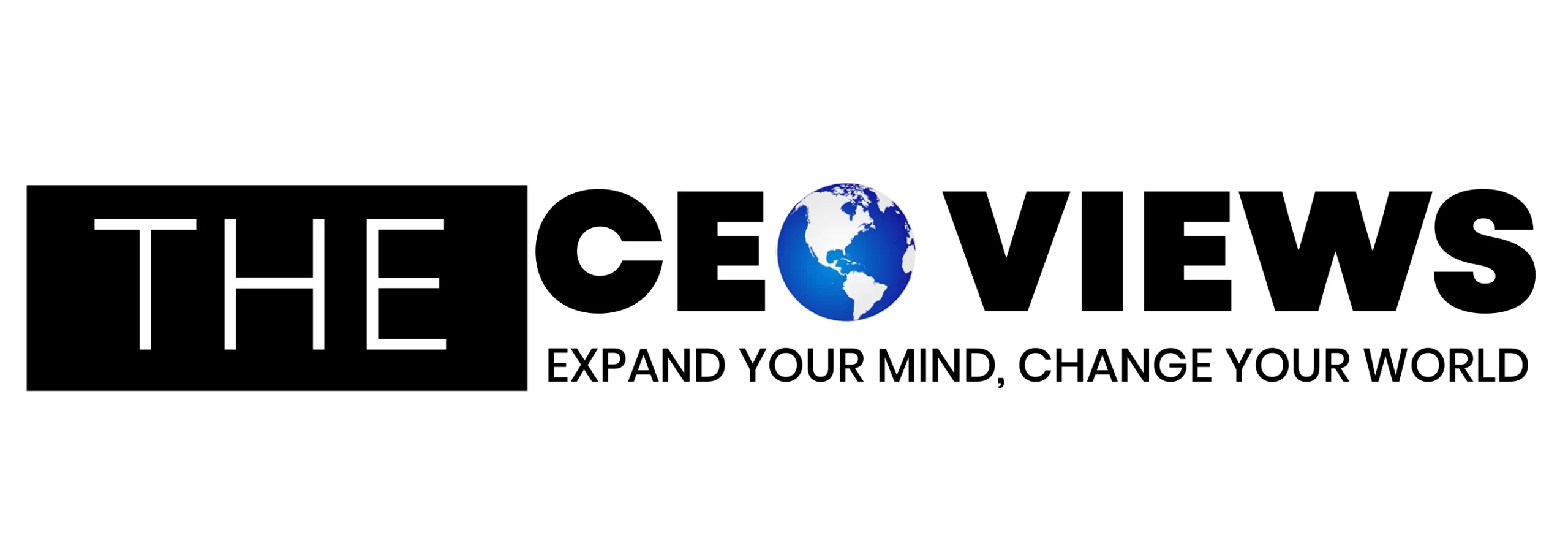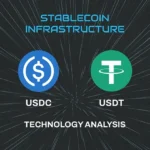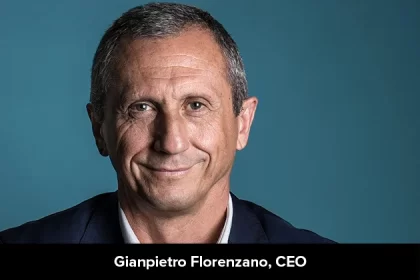Once only hailed as the digital ledger that powered the engine behind Bitcoin and other famous cryptocurrencies, Blockchain has matured into a transformative force in today’s global finance. As has come to be the norm with this piece of technology, it is no surprise that its main perk is that it positions itself as a threat to the status quo. In the money infrastructure ecosystem, this is unfolding by taking the powers from the central figures that have long dominated this sector, and sort of providing a level playing field for other pertinent stakeholders. The promise? A world where inefficiencies are done away with, and transparency becomes the order of the day in a sector often shrouded by lots of secrecy.
Imagine a perfect world, so to speak. A world where every record in the banking and capital ecosystem can be verified. A world where every player in the financial ecosystem, whether it is a big shot commercial bank or a gamer at Ice Casino EU, can enjoy secure and fast payments without having to deal with the hassle of the usual intermediaries. That’s the reality that Blockchain is pushing for. Join us as we explore how this new age tech construct is pushing the boundaries of what people deemed to be impossible in the economic services industry.
Streamlining Global Payment Systems
For eons, sending money internationally meant you had to go through the hassle of several intermediaries before your business partner, friend, spouse, or family could receive the money. These middlemen consisted of a host of businesses like clearing houses, correspondent banks, or even forex bureaus. It was a painstakingly long process that wasn’t efficient at all.
That perspective has changed, though, with the decentralized ledger system of this tech, which removes all of these roadblocks by implementing direct peer-to-peer transfers that have been affirmed by consensus algorithms. For the ultimate consumer, this means shorter waiting times and overall lower fees. For enterprises used to transferring cash, it means better cash flow, an aspect that screams efficiency, and the dawn of a new era of global commerce.
Changing Asset Management and Tokenization
As we mentioned before, a big part of the modus operandi of this Distributed Ledger Technology (DLT) is challenging and changing the status quo. This can also be seen in assets. These can be real estate, artwork, or even corporate bonds. In the past, while they have still been highly valued, these forms of assets have been known to be fairly illiquid. This is, however, slowly changing thanks to the tokenization of assets. With this new world order, the previously perceived illiquid assets can now be traded on blockchain networks. Those of you in the financial sector will attest to the fact that the investment opportunities that have been opened by this move were quite simply impossible, barely just a few years ago.
The other exciting thing about this move is that these assets are run via smart contracts, which represent the hallmark of how blockchain technology operates. As such, gritty aspects such as trade settlements, compliance checks, and distribution dividends are catered for. This helps reduce the risks that come with such big deals and also reduces operational overhead for businesses.
Revolutionizing the Insurance Sector
A big aspect of how the Financial sector functions is steeped in the workings of the Insurance industry. The big complaints that insurance firms always come across are the slow processes, especially when claims are being processed, and the fraud detection aspect of the claims. The immutable record system of the underlying tech we are discussing today helps to get rid of many of these issues. Here’s how
- For firms that have adopted it, every insurance claim could be stored on the tamper-proof cryptographic ledger.
- This reduces the risk of altered claims and forged documents, which are normal occurrences for the insurance ecosystem.
- This also ensures that all the parties involved in claims have a single source of truth. This ensures that most of the bickerings involved during claims investigations are reduced.
Fundraising From a New Perspective
A big part of the workings in the global investment and trading ecosystem is fundraising. Traditionally, startups have faced the challenges of bureaucratic and geographic constraints when raising money the conventional way. This is why the fundraising aspect of the monetary market is embracing the new blockchain-based novel capital raising tools like ICOs (Initial Coin Offerings), IEOs (Initial Exchange Offerings), and tokenized crowdfunding platforms. This is a great way to look at it from the perspective of the person looking for money. From a grantor or investor perspective, this digital ledger provides clarity and transparency into where the funds are going. In some cases, depending on the smart contracts entered into, investors do have a say in how their invested funds are deployed.
A Foundational Shift Is Ongoing: Don’t Get Left Behind!
Having gone through some of these facets of our financial sector, one thing is for sure. This industry’s future will ultimately be shaped by people who embrace technology early. A big part of that tech conversation is blockchain, which has loads of perks and very few cons. For a faster, fairer, and more transparent future, blockchain will take a more integral position in an industry that has traditionally been plagued by lots of mischief and trust questions. It remains to be seen how this technology fully unfolds. The early indicators are that many are going to gain from it, more so in the monetary field.










